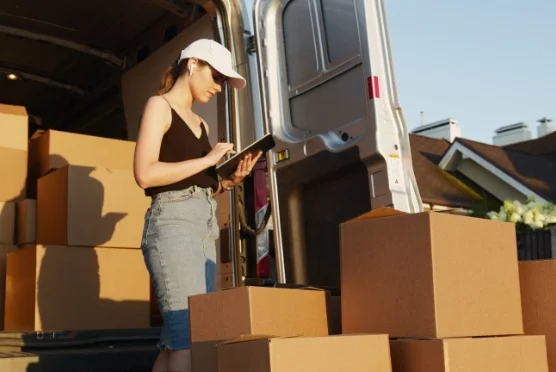Locus for E-grocery: Never miss any delivery deadlines
By automating day-to-day logistics planning and increasing real-time ground visibility, the Locus platform facilitates hassle-free grocery all-mile delivery for your dispatchers and customers.

The complete order-to-delivery solution for e-grocery enterprises
The Locus edge
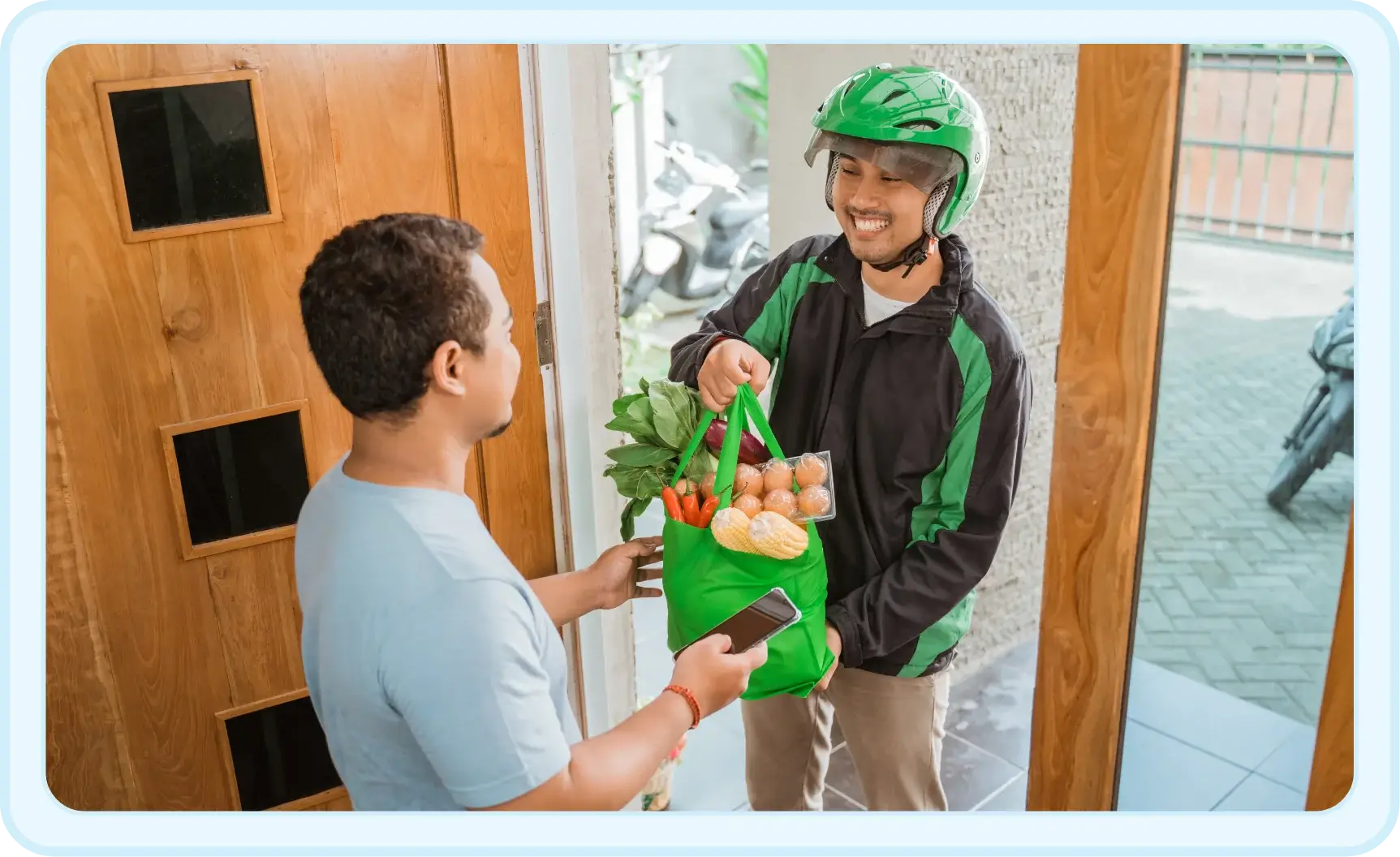
Scale delivery operations with multiple fulfillment channels
Effortlessly respond to fluctuating grocery order fulfillment demands and allocate delivery volumes to the best-suited fleet mix. Optimize and ship perishable items while keeping a check over unexpected demand hikes.
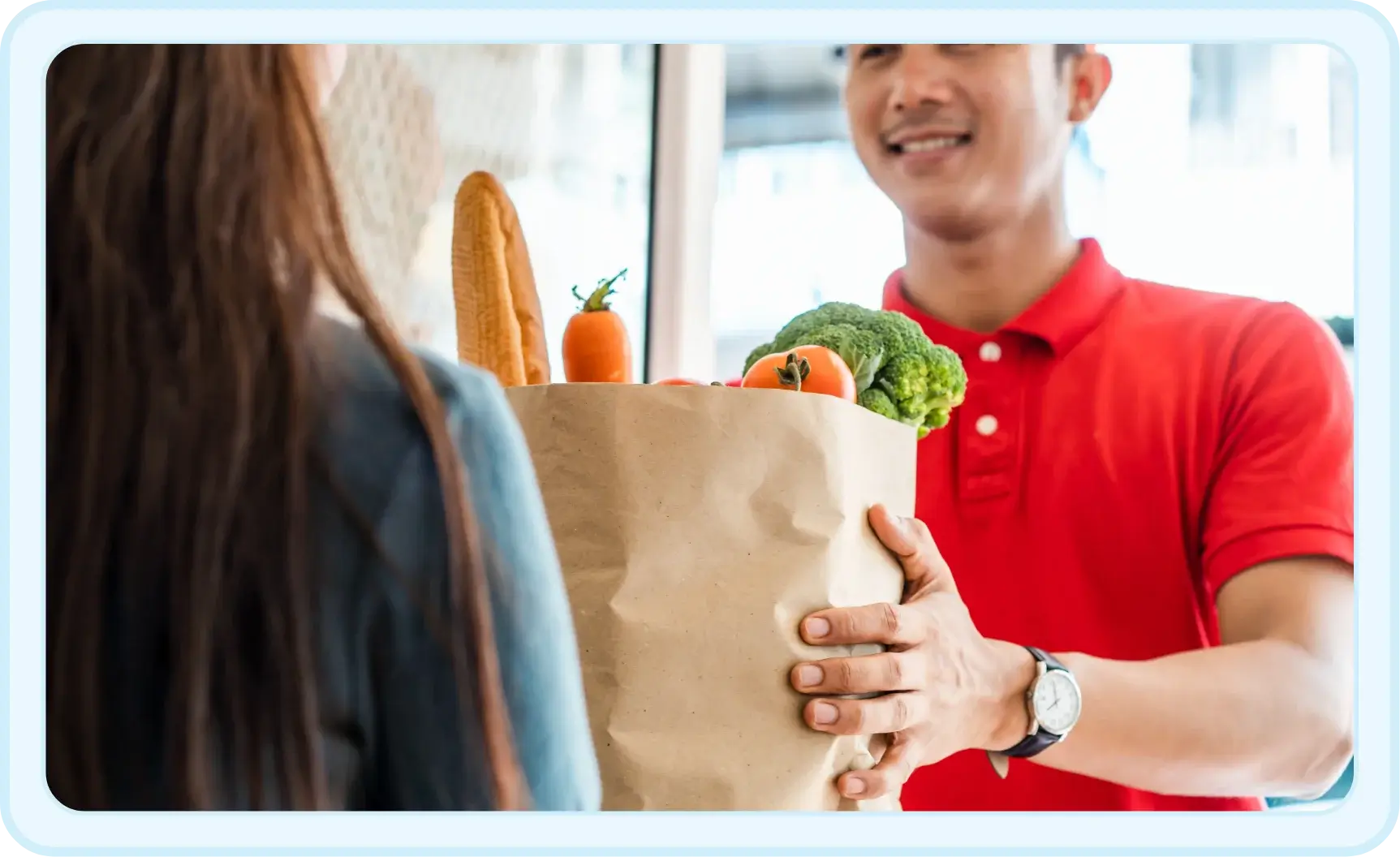
Unlock more delivery opportunities with high FADR
A better First Attempt Delivery Rate (FADR) also helps in making more deliveries per day. The Locus platform offers end-to-end automation and routing based on programmatic alerts and higher FADR without inflating delivery costs.
“ We use Locus for automatically planning our delivery routes and tracking our all-mile delivery.
The new feature which they deployed recently with real-time alerts and planned vs. actual comparison in an extremely simple UI has really helped our Ops teams manage the all-mile deliveries effectively.”
V.S. Sudhakar
Co-Founder & Executive Director

99.5% On-time delivery & 14% savings in distance travelled

Discover new efficiencies with dynamic dispatch planning
A single interface through which the dispatcher can see, plan, and allocate orders efficiently. A bird’s eye view of every new order, which helps in moving the order to the matching batch.
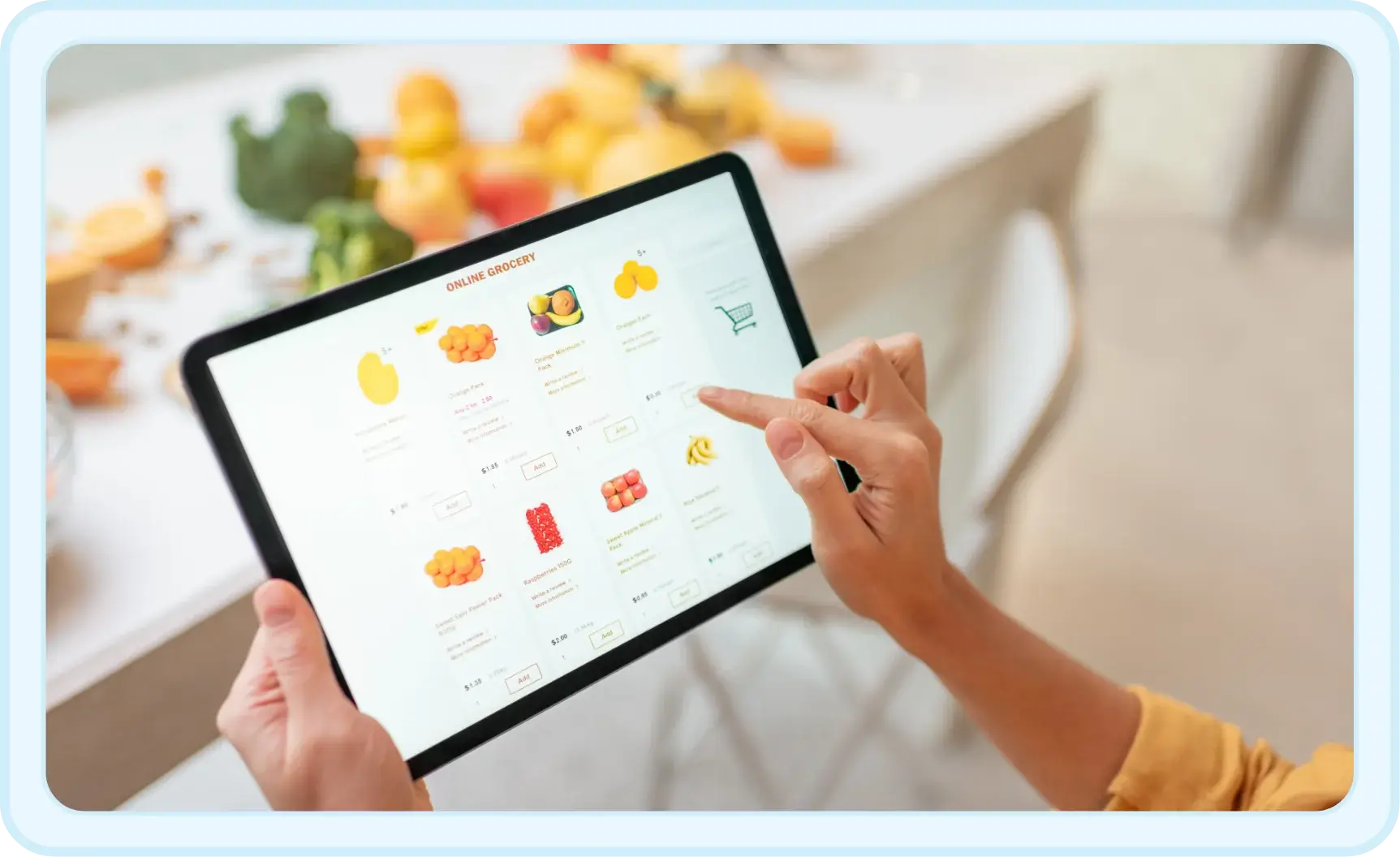
Handle order allocation and dispatches within a small window
Intelligent batching and dispatching of shipments based on delivery preferences. Providing faster delivery options through route planning capabilities.
Successfully delivering for





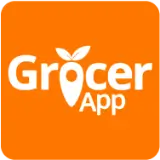


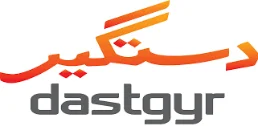
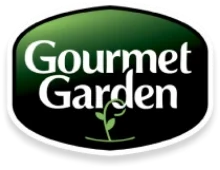
Our global impact to help your business
Reduction in dispatch planning time
Reduction in sorting time
Reduction in operational costs
Latest Locus insights

All-Mile Delivery Route Optimization for e-grocery Industry

Same-day delivery: The True Gamechanger
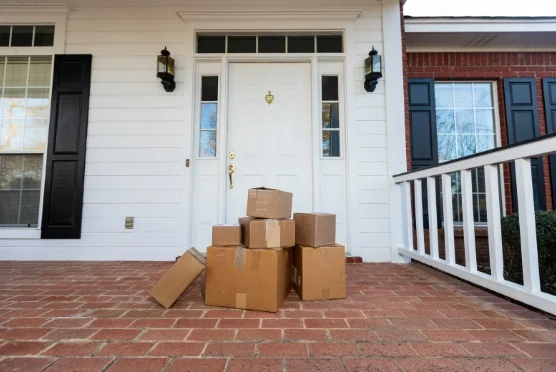
All-Mile Delivery: Finding the Right Balance
